We’re living in a culture of instant gratification: fast fashion, manufactured music, and quick, impersonal modes of communication. Or at least we were. Increasingly, more than ever, what we crave is authenticity. In a suffocating climate with celebrities like Nicki Minaj and a culture of ‘what’s next, what’s next, what’s next’, honesty is the refreshing new black.
Hærfest – pronounced harvest – is one such brand that exudes this earnestness perfectly. Known for their clean aesthetic, they’ve built a brand that transforms everyday bags and accessories into timeless pieces. And while deeply rooted in minimalism, Hærfest’s products are anything but simple.
The NYC-based trio that is made up of brothers Tim and Dan Joo, and their business partner Gino Reyes, greeted me at their original studio in Fort Greene, Brooklyn. Walking in, I knew very little about them. I tried to carry out some research beforehand, but with an almost Daft Punk-like deftness, they’ve managed to work invisibly behind the scenes, focusing solely on building the perfect product. Coincidentally – or perhaps intentionally – they each wore a different grey button up shirt that varied in shade ever so subtly. Upon first impression, the group carries a quiet and unassuming presence. But, like their bags, spend some time with them and you’ll unlock a rich treasure trove of sumptuous ideas, meticulous thought, and undeniable passion.
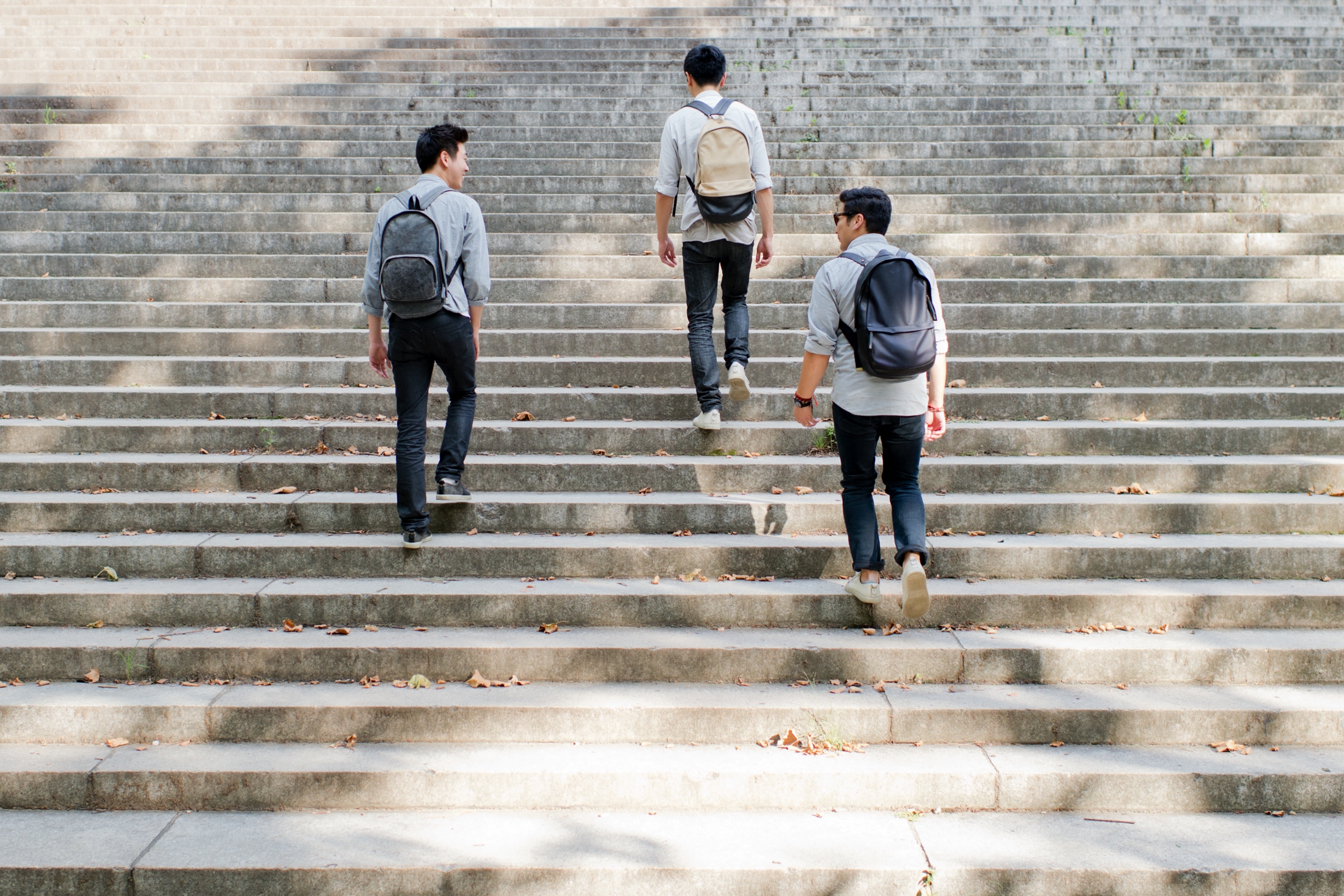

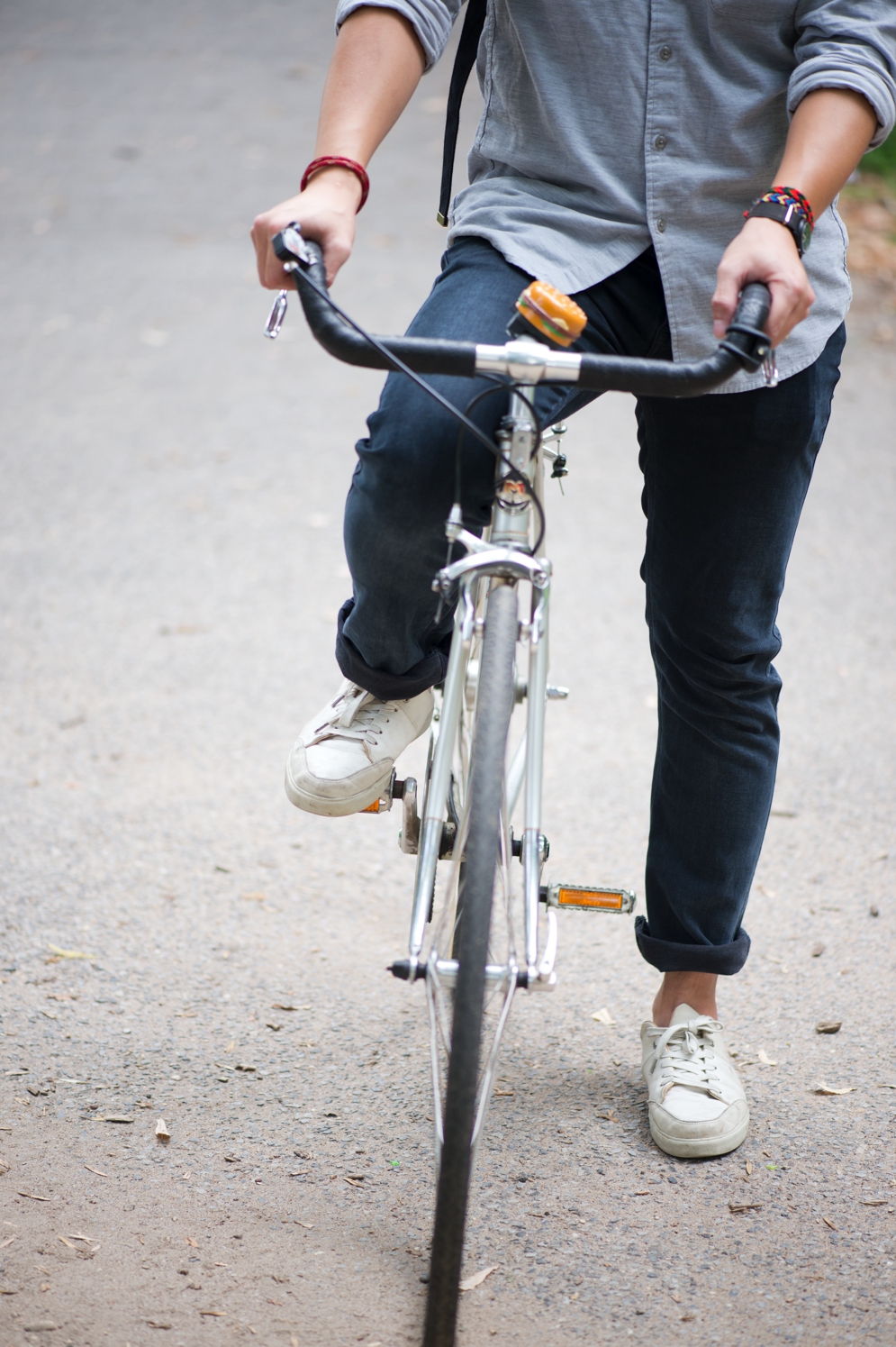
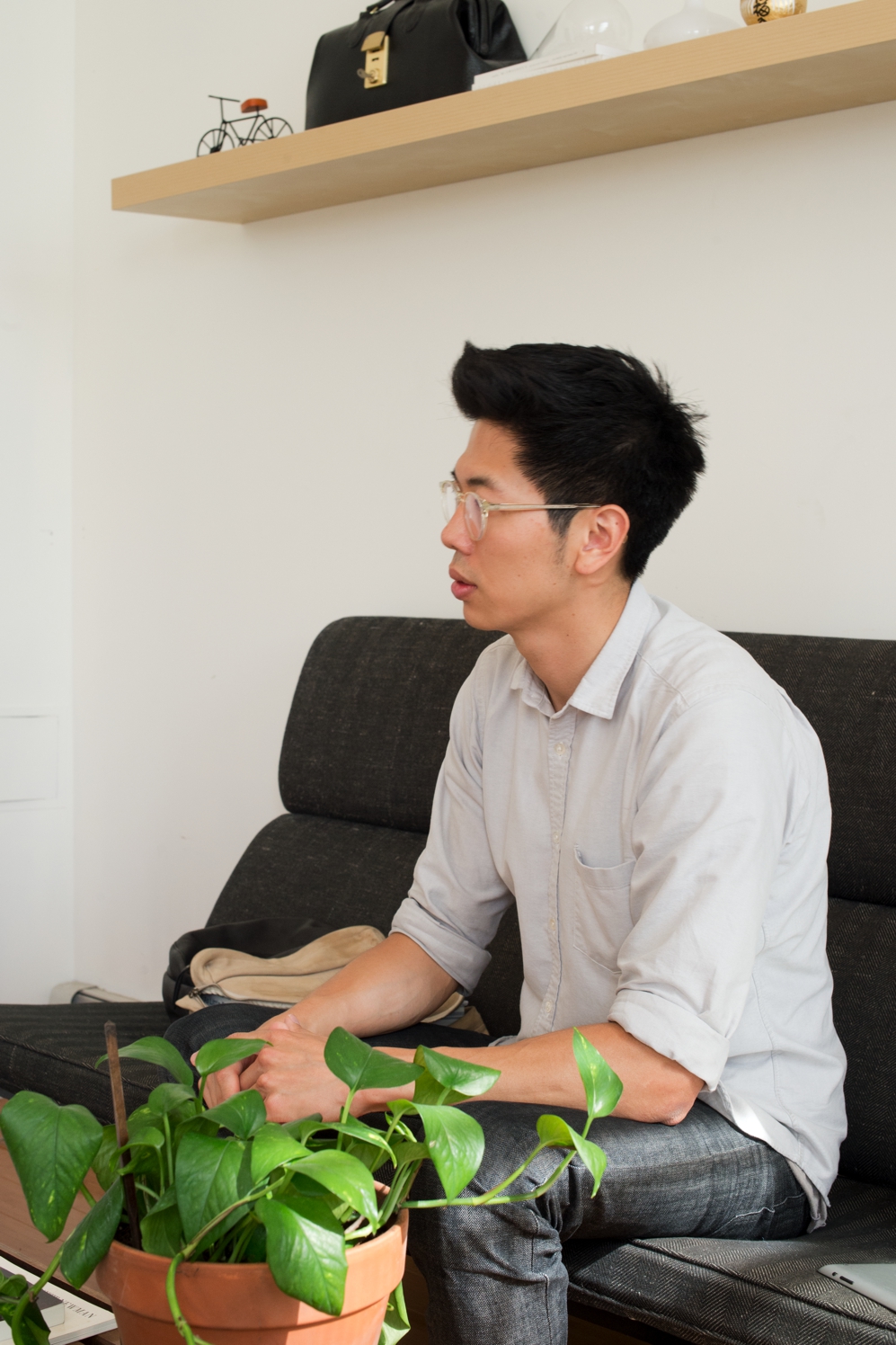

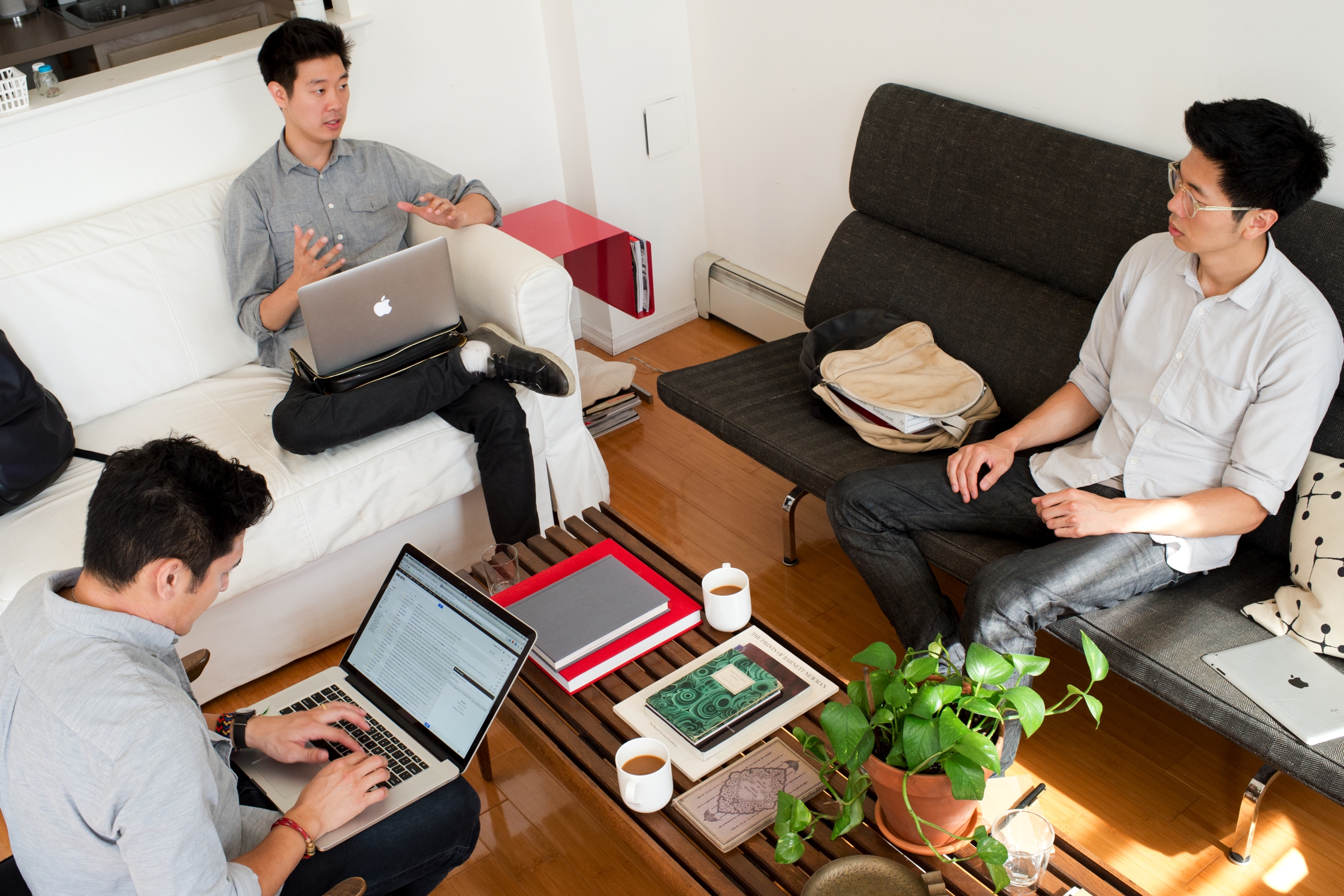
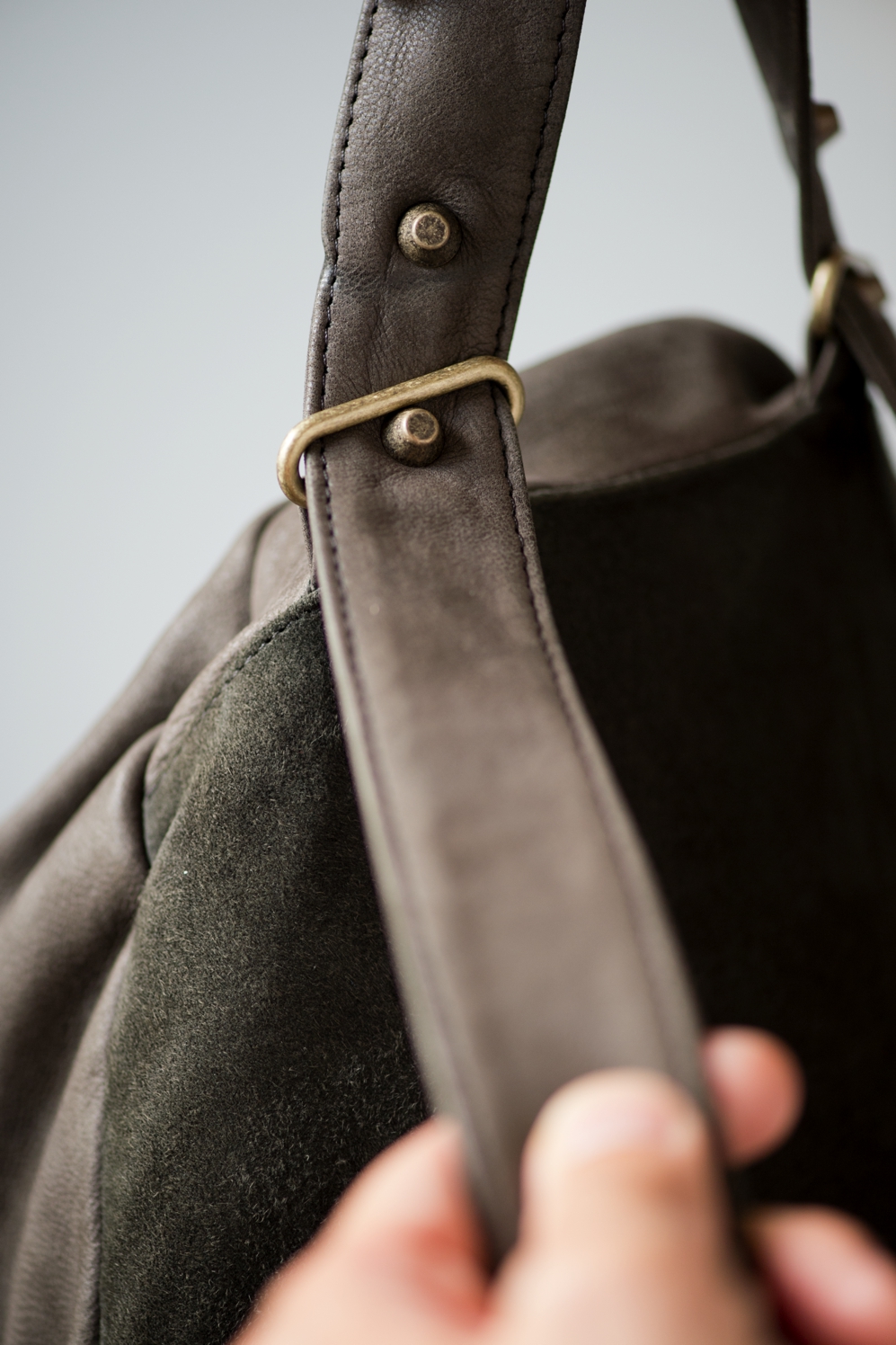

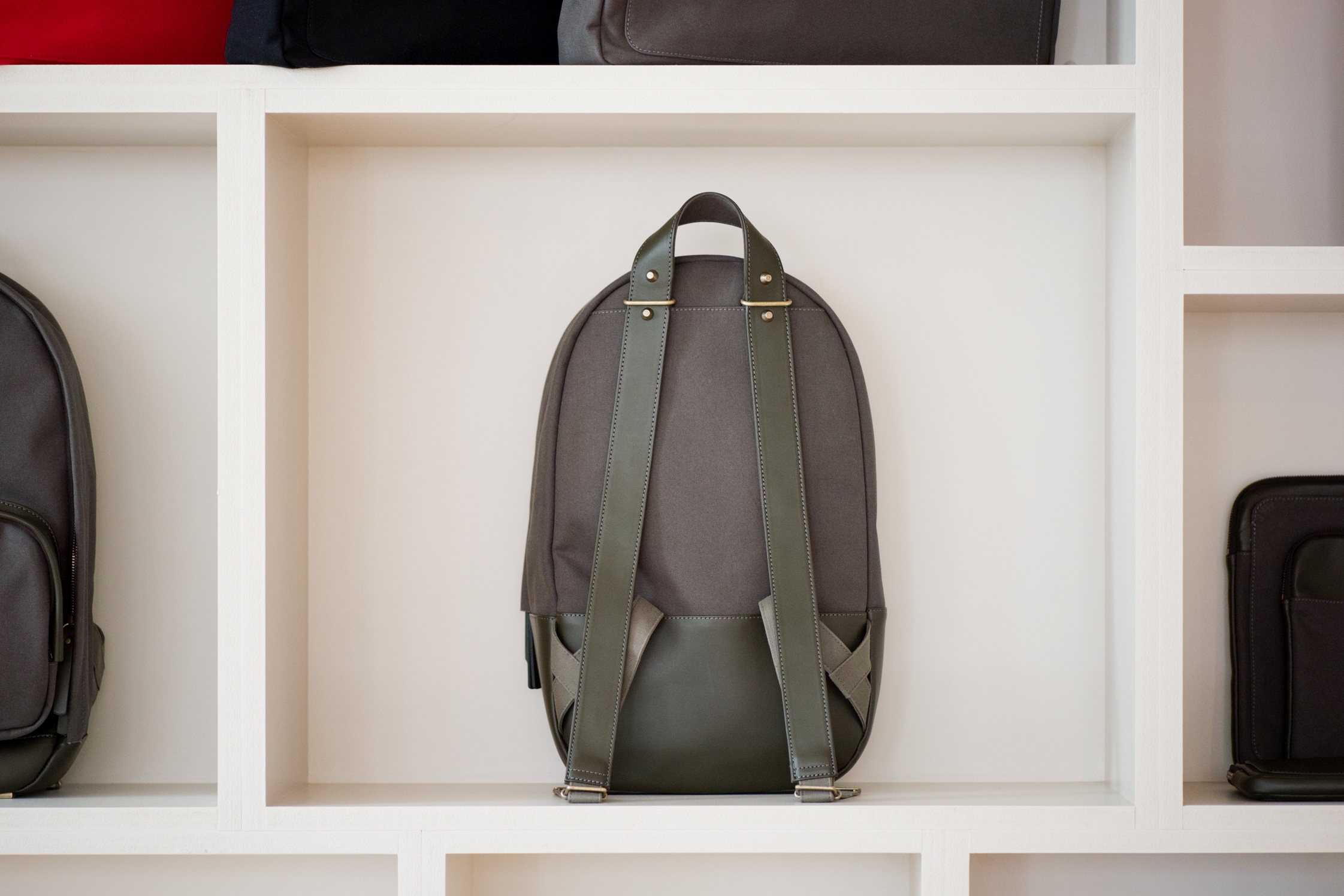
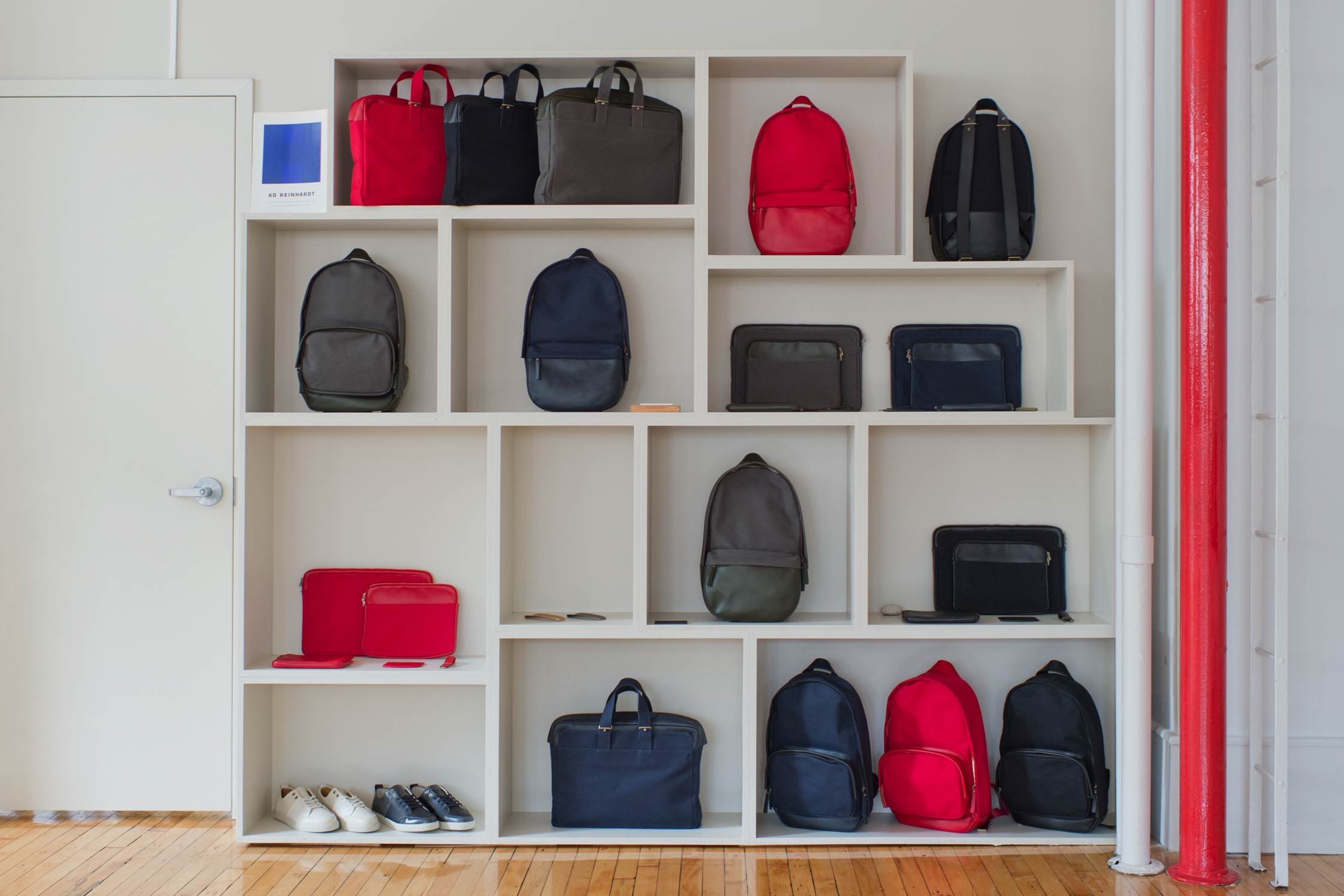
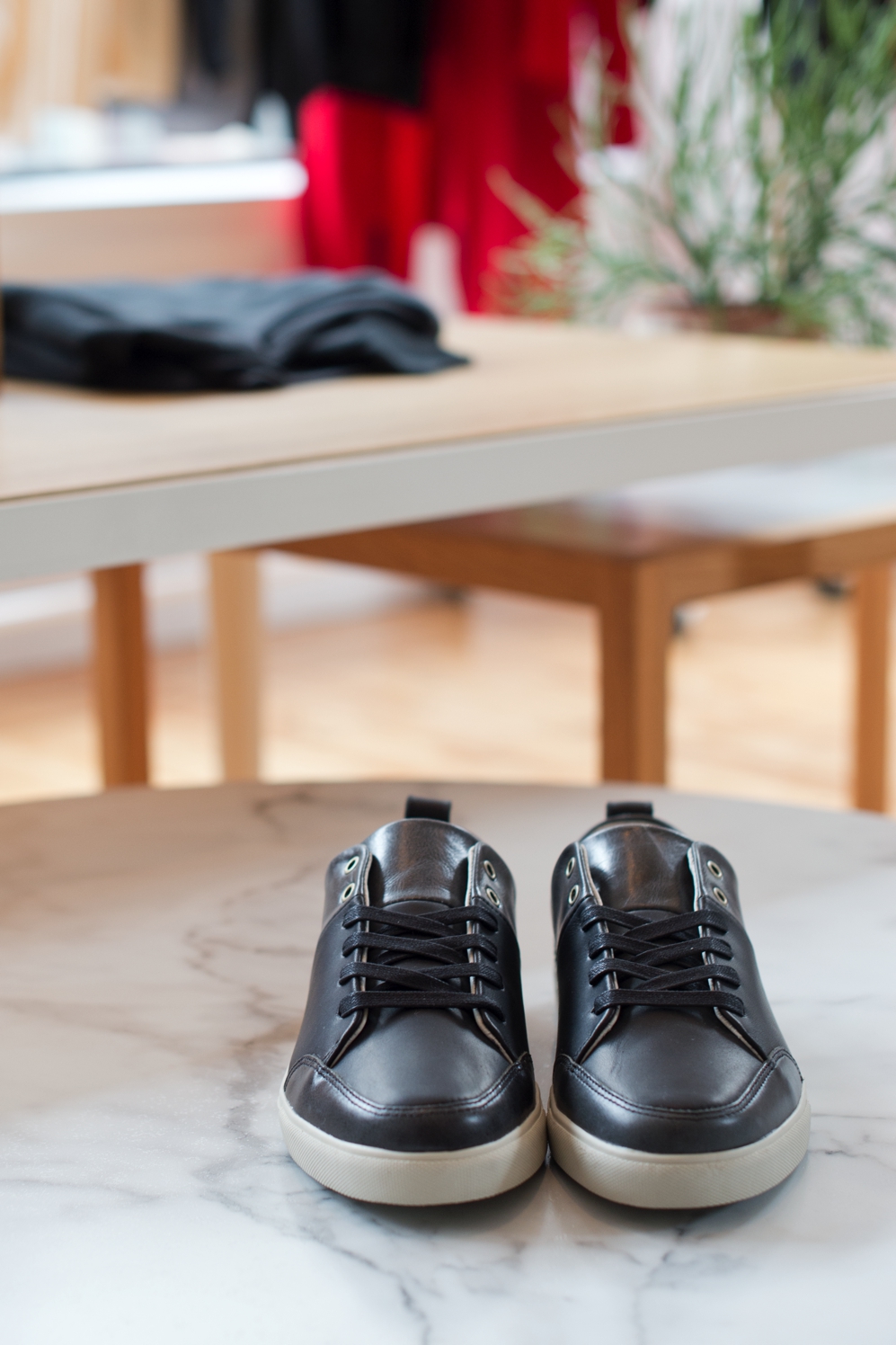
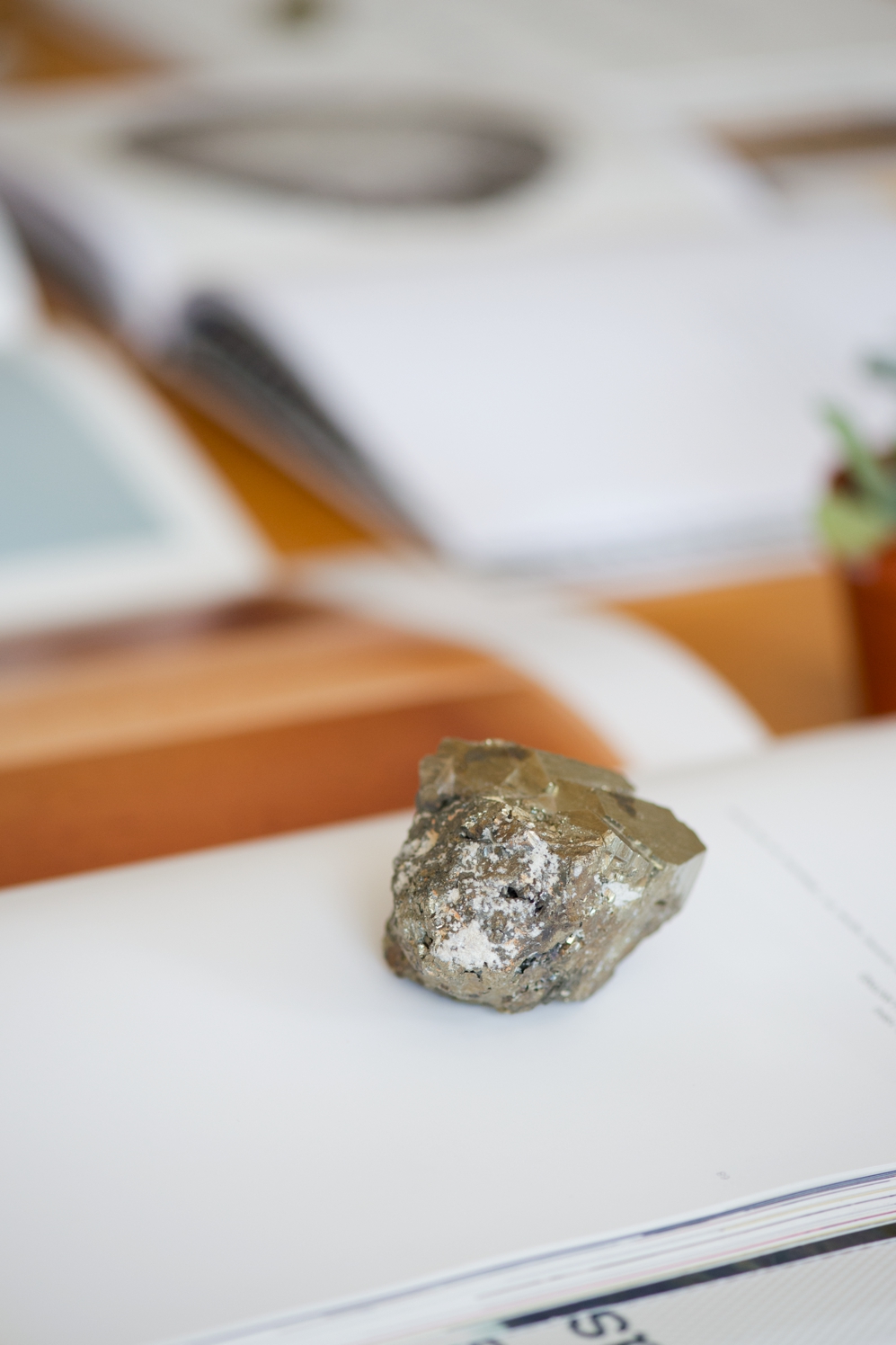
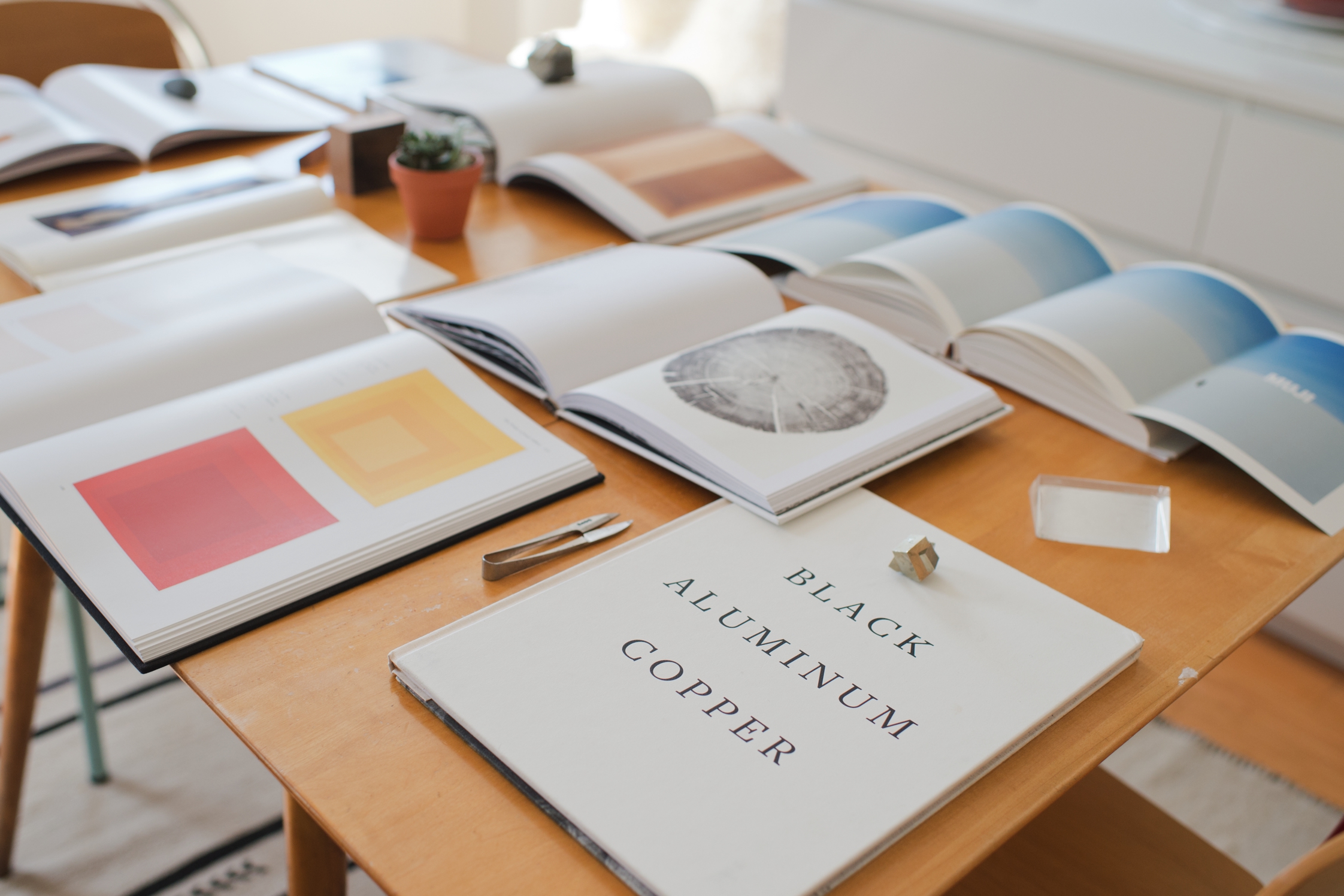
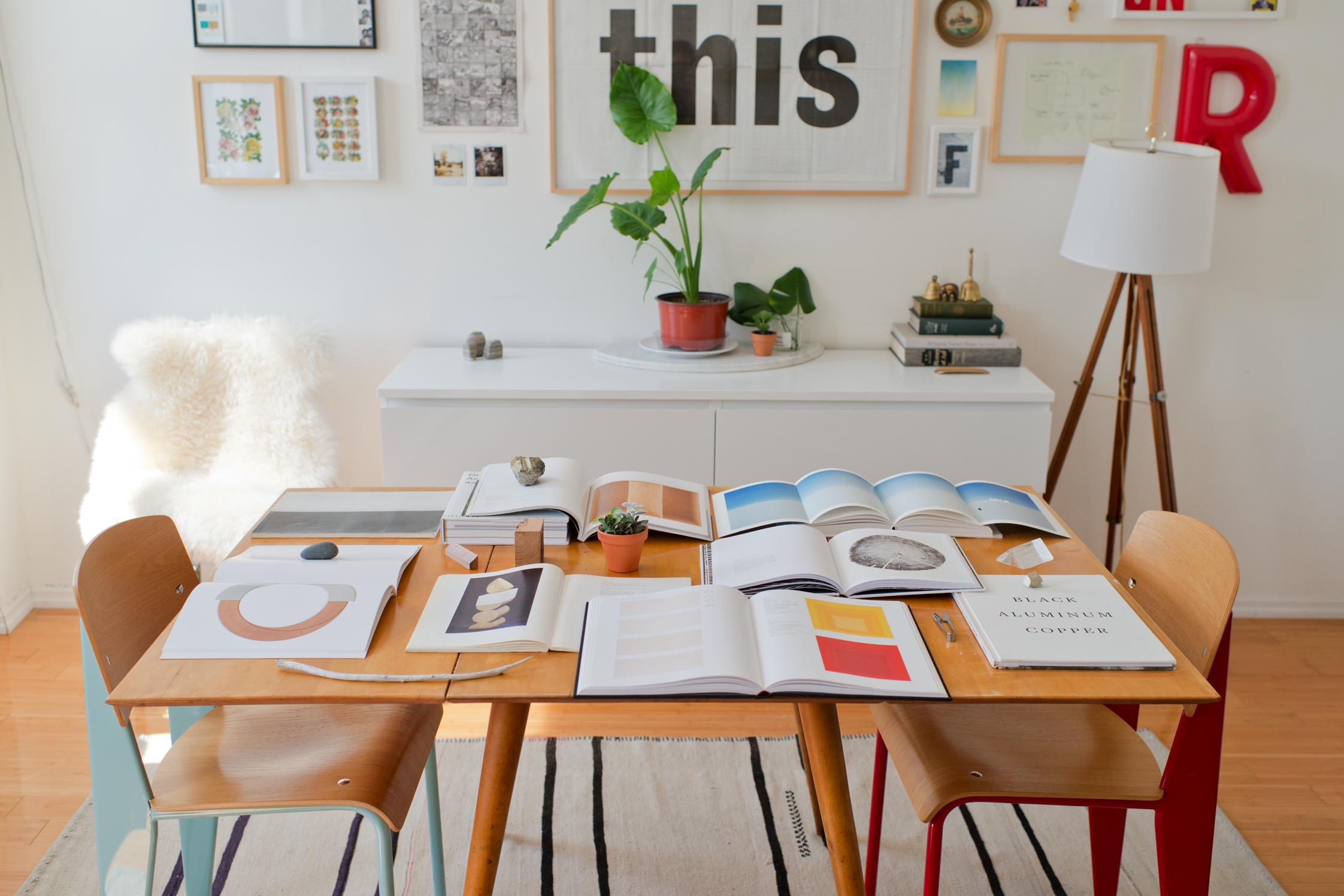
The concept behind Hærfest and what the three New Yorkers were trying to achieve in it’s initial stages has developed from small beginnings to international recognition.
Tim: To us, it’s more about a universal understanding of design in terms of form, function, balance and proportion. Those principles, I feel move beyond language and culture. They are things that anyone can relate to and connect with. I think that’s why we’ve never talked much about ourselves. When we start to reference culture and be very location-specific, it can become quite limiting to a certain audience.
Dan: Muji is a huge inspiration of ours and the idea of brandless branding. When you think of Muji, you probably don’t think of the person behind it.
Gino: It’s bigger than a name. It’s a brand that stands for something.
Interestingly, Hærfest didn’t begin with bags. Instead, they started with a foggy vision. In 2010, Tim and Dan were living together in Williamsburg, Brooklyn. They would often come home late after work and find themselves discussing their ambitions over a glass of whiskey.
Tim: We wanted to have this imaginary company and this type of collaborative environment where we could be passionate about what we were doing and work with talented people we love. We didn’t know if we should provide a product or if we should provide a service, but we thought to ourselves, “you know, Harvest would be a great name because harvest is about putting a lot of love and care into the things you do and knowing that you reap what you sow. You pour all your energy and efforts into good things.”
Gino: And that grows into something great.
Tim: The standard spelling felt a bit generic and heavily referenced agriculture. We then found that there was an old English way of spelling it: Hærfest. I think that makes it more substantial. It really captured that rewarding feeling and that spirit that we pour into what we do and what we make. The feeling is really rewarding for us and hopefully rewarding to the people who buy our products.
Gino: It also references days of simpler times in the past.
Prior to Hærfest, Tim’s background was in womenswear, production, and the business and marketing side of fashion. Having done stints at Patrick Ervell, Opening Ceremony, and the creative shop, Anomaly, it was here that he met Gino. Conversely, Dan was an engineer and efficiency consultant at IBM and thus brings a different perspective to the brand.
Dan: I grew up always interested in how businesses start: ‘what were the pivotal points there?’, and I was also interested in technology. Growing up in New York, we were always surrounded by really great stories about how certain kind of businesses took off. I loved the idea that you could be walking around the city potentially next to an entrepreneur who’s doing their thing and trying to make their own path. Tim has always had an amazing passion for creating things for himself. Even though he had his full time job, he would always be showing me new shirts, pants, jackets that he had made.
Tim: I had this generic Jansport Eastpak-type backpack. It did the job, but one day I thought, if I’m going to be carrying around this backpack, I want it to be made of nicer leather. I wanted it to be different and my own. So I added these special details that I thought were interesting and also functional. I made a few samples when I was in Asia and brought it back with me.
Those details ended up becoming the design icons for Hærfest. Design details such as: double straps that allow each person wearing the bag the opportunity to decide how they want to carry it; new unexpected material combinations; singular pieces; raw edges that show transparency in materials; antique brass finish hardware; and rings and studs that allow for free movement. In pictures, it’s all very pretty. But examine a sample closely in person and there’s a satisfying weightiness to each product. You can feel the thought and care in the creation process, and the result: a highly handcrafted item.
Dan: When Tim returned with the first bag prototype, we both thought to ourselves, “wow, this is something different, something that’s not normally seen.”
Tim: We thought that maybe other people might also be interested in the bag and that maybe it could be the first product we make for the company we wanted to build.
Almost immediately, they received positive feedback from friends, strangers and buyers alike. They decided to take a gamble: they sold their car and most of their personal belongings in order to move to Korea where they spent months developing and producing their product. When they returned to NYC, they debuted Collection A at the Fall/Winter 2011 Capsule trade show. Two stockists picked them up that season – one of which was Opening Ceremony.
Tim: Opening Ceremony were really supportive. We were so surprised because generally buyers like to wait a few seasons and see that a company is here to stay.
Two stockists turned into four the following season. Four turned into eight, twelve, sixteen and so on. Hærfest is now sold across the world, including centres such as Paris, London, Hong Kong, Taiwan, Seoul, Los Angeles, Portland, San Francisco, Chicago, Toronto, and Saudi Arabia. Early on in the business, they collaborated with Gino to bring his years of art direction, branding, and visual expertise in order to help develop Hærfest. He later joined the team as a partner.
Gino: I ended up doing a lot of the design, beginning with the logo, leading to collateral, which then led to branding some of the lookbooks, and also the website. After a while I thought “man, I’m doing so much work with you guys, we should just work together because I love the product, I love the idea and I believe in it.”
Since their inaugural season, Hærfest has continued to push their own boundaries of who they are as a brand by exploring new projects and new products. They’ve introduced Alpha Experiment (Æ) Projects, which grants them the space to collaborate with other artists on new products, free from the constraints of time or season. They’ve also expanded their offerings to include trainers, shoe horns, wallets, duffle bags, totes, pouches, card sleeves and bag hooks – coming soon.
Tim: For us, it’s about taking things that are familiar or things that people take for granted and injecting a sense of renewal into them that makes you see it in a new light.
Gino: But we’re not trying to reinvent the wheel.
Instead, they’re reinvigorating it.
Gino: We have the utmost respect for design: from the materials, to how it fits within our world.
Tim: A lot of our inspiration comes from artists and creators who value design, such as Brâncuși or Isamu Noguchi, who somehow create work that brings out the essence of their materials.
Dan: Essence is a word we often use because it strips everything away and reveals the true nature of an object or idea.
Gino: But even though we’re doing that with our products, it doesn’t lose its soul.
Tim: Exactly, as the poet, Dieter Rams said “Good design is as little design as possible.”
When people drop names and references, it often escapes their mouths like a bowling ball. But, any artist the guys mention seems rolls off their tongues without an ounce of pretense. With each new season and collection – which systematically corresponds to the next letter of the alphabet; Collection E will be out soon – Hærfest gains inspiration from a number of artists who share a similar creative sensibility. Then, they do their research.
Tim: I try to go deeper and look at who people are and what they stand for. And you find that a lot of these artists considered form, balance, proportion, materials, light, texture, and space. All the things that became fundamental principles of design.
Gino: We always knew we had a deeper respect for those movements and those great artists. We just didn’t know how to apply it to our lives and distill it into something other than just us looking at it in a book or at an exhibition. And I think that’s where the magic came from for Tim. He recognized these patterns that are happening with these movements and can distill philosophies into a practical process that’s not overly complicated.
Tim: I look for common threads, connections and relationships and then investigate how we can create the next collection. After that it’s editing, editing and editing, to its purest form so I can communicate those specific references.
This painstaking attention to detail and commitment to design principles is no lip service. Visit their Tumblr, COLLECTED, and you’ll get a glimpse of how they approach both the world and their craft. It’s a visual journal littered with words and names like Donald Judd, Ad Reinhardt, Dan Flavin, Ellsworth Kelly, Margaret Howell, pattern, texture, minimalism. Many people cite Apple. They cite its precursor: 1960s Braun. They live and breathe these schools of thought.
Dan: I remember when Tim posted a picture of a piece of sushi on Tumblr – when this was all still new to me. It was a really beautiful piece of tuna and I said to Tim quite sarcastically, “I didn’t know we were about food now.” When I looked deeper and saw the hashtags, I looked at it from the point of view of its texture and color instead.
Tim: And even deeper than just food, it was about history and work ethic and a quest for perfection that you can’t achieve, but you still strive for. In the end, we don’t want to be one dimensional or make bags that will only last a season. I want our customer to buy these things that they’re going to have around for awhile. As long as we’re happy with it, as long as we believe in it, then that’s all that matters. We’re not here to please everyone else. We’re here to do what we believe in. And hopefully other people will see that too.
Gino: I think our buyers are people who appreciate deep thought and execution and appreciate the honesty in how we approach things.
Tim: Some people throw in all the bells, whistles and studs and add value in that sense. We subscribe to the cliché, “less is more”.
Dan: I think our brand is for people who understand that you don’t have to shout to have good style.
We hear you perfectly.
This is the first joint feature with Cereal Magazine. Find out more about our newest collaboration with the quarterly food and travel magazine here and visit Haerfest online for more info about the inspiring brand.
Photography: Samantha Goh
Interview & Text: Kris Seto
